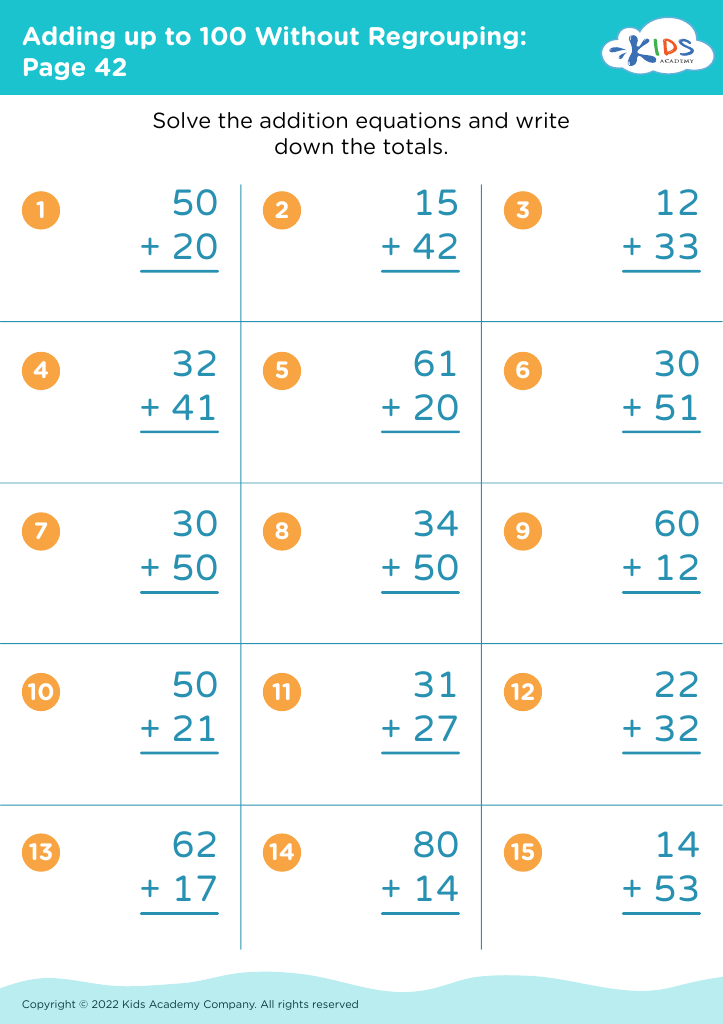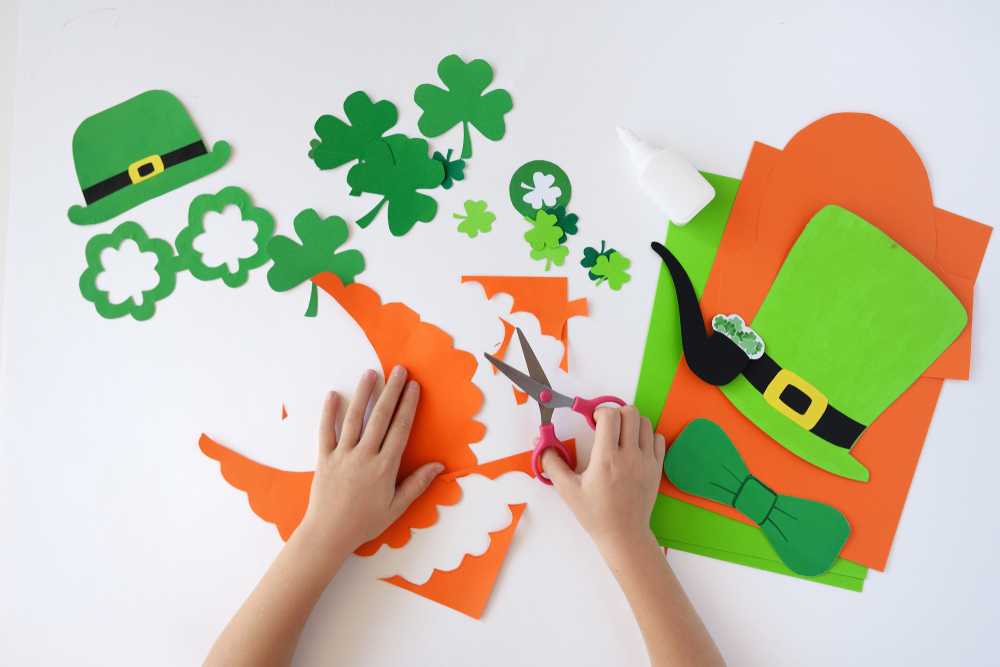Boosting fine motor skills Worksheets for Kids
1 filtered results
-
From - To
Question/Answer
How to train the Boosting fine motor skill in Grade 2 students learning about Adding up to 100 Without Regrouping?
To boost fine motor skills in Grade 2 students learning to add up to 100 without regrouping, integrate activities like using number lines or abacus, manipulating physical counters (e.g., beans or coins), and practicing writing numbers and equations. Incorporating puzzles and games that involve number placement and sequencing can also enhance both fine motor skills and mathematical understanding.
What are some effective activities to train students’ Boosting fine motor skill when teaching them about Adding up to 100 Without Regrouping?
To train students' fine motor skills while teaching adding up to 100 without regrouping, engage them in activities like using manipulatives (e.g., beads, blocks, or counters) for hands-on addition practice, practicing number writing with guided tracing worksheets, assembling number puzzles, and playing board games that require moving small pieces. These activities promote dexterity and enhance understanding of addition concepts simultaneously.
How to test a Grade 2 student’s Boosting fine motor skills?
To test a Grade 2 student's boosting fine motor skills, engage them in activities like threading beads, cutting along lines with scissors, folding paper to make shapes, handwriting exercises, building with small blocks, and manipulating clay or playdough. Observing their precision, hand-eye coordination, and ability to complete tasks can provide insight into their fine motor skill development.


.jpg)










